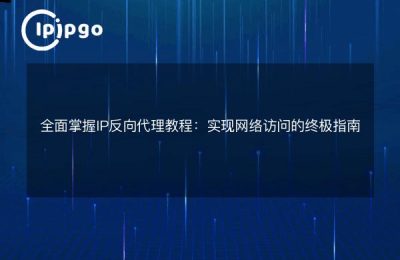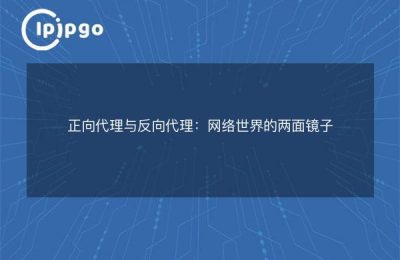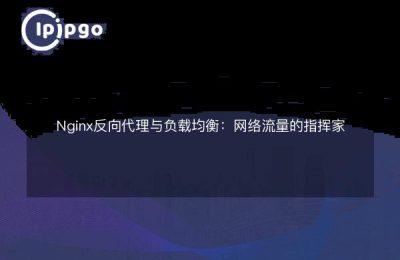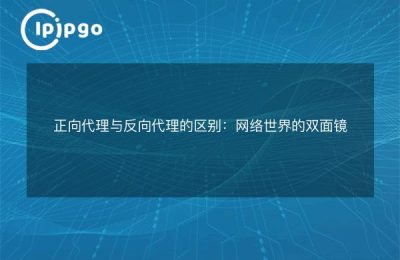
The role and implementation of server reverse proxies
A server reverse proxy is a proxy server that receives a request from a client, then forwards the request to an internal server and returns the internal server's response to the client. It has many roles, including load balancing, security protection, cache acceleration, and so on.
1. Load Balancing: Server Reverse Proxy can distribute requests to multiple internal servers to achieve the effect of load balancing, avoiding performance degradation or downtime caused by overloading a single server.
2. Security protection: Through the server reverse proxy, the real IP address of the back-end server can be hidden, increasing the security of the external network and preventing the direct exposure of internal server information.
3. Cache acceleration: the server reverse proxy can also cache some static resources, when the client requests the same resources again, you can directly return to the cached content, reducing the pressure on the internal server to improve access speed.
When realizing server reverse proxy, you can use common proxy server software such as Nginx, Apache, etc., and realize specific functions by configuring proxy rules.
Server Reverse Proxy
The following is a demonstration of a server reverse proxy in action via Nginx.
In the Nginx configuration file, reverse proxying can be implemented with the following configuration:
“`
server {
listen 80.
server_name example.com.
location / {
proxy_pass http://backend_server.
proxy_set_header Host $host.
proxy_set_header X-Real-IP $remote_addr.
}
location /static/ {
alias /var/www/static/;
}
}
upstream backend_server {
server 192.168.1.100:8080.
server 192.168.1.101:8080.
server 192.168.1.102:8080.
}
“`
In this configuration, when a client requests example.com, Nginx forwards the request to one of the servers in the backend server group and returns the response to the client. In addition, for static resources (such as CSS, JS, images, etc.), Nginx will directly return local static resources to improve access speed.
The above example shows how a server reverse proxy actually works, and how it is useful in real-world applications.
Through the introduction of this article, I believe that readers of the role of the server reverse proxy and the realization of a more in-depth understanding of the role and can also be flexibly used in practice. I hope you can apply in practice to improve the performance and security of network services.
Hopefully, this article will give you a deeper understanding of the server reverse proxy, but also be able to work flexibly in practice to improve the performance and security of network services.








